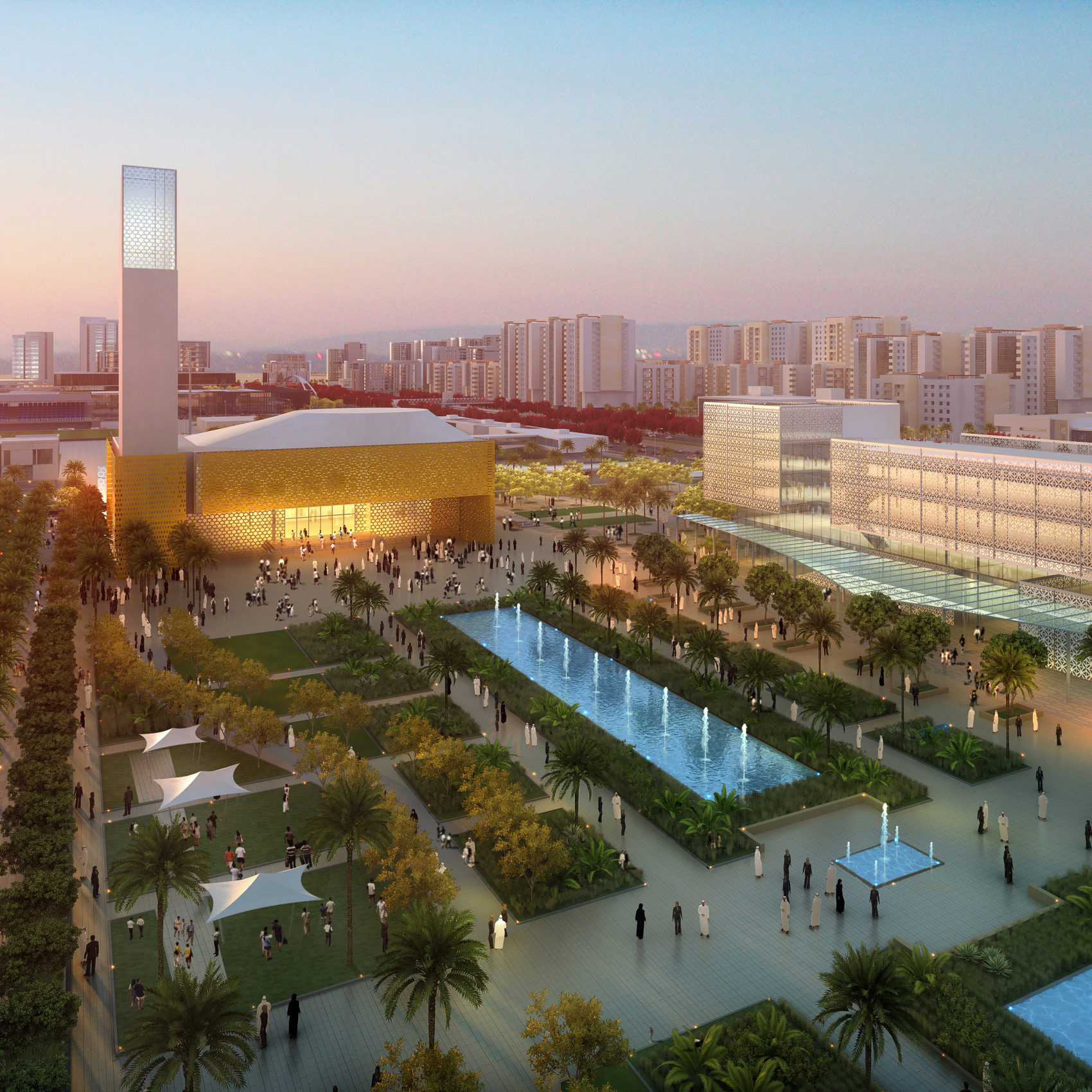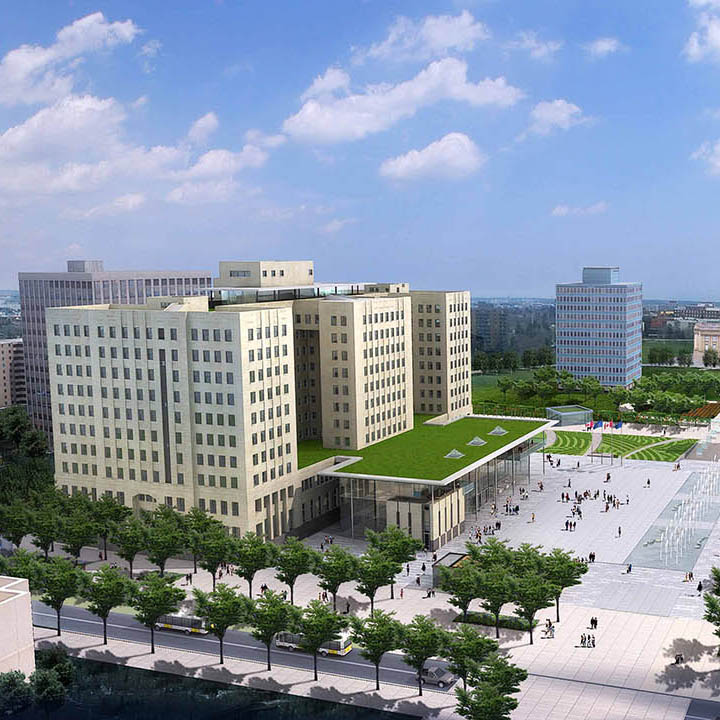Year Completed
2010 to date
Client
Greater Toronto Airport Authority
Location
Mississauga, ON
Size
Varies
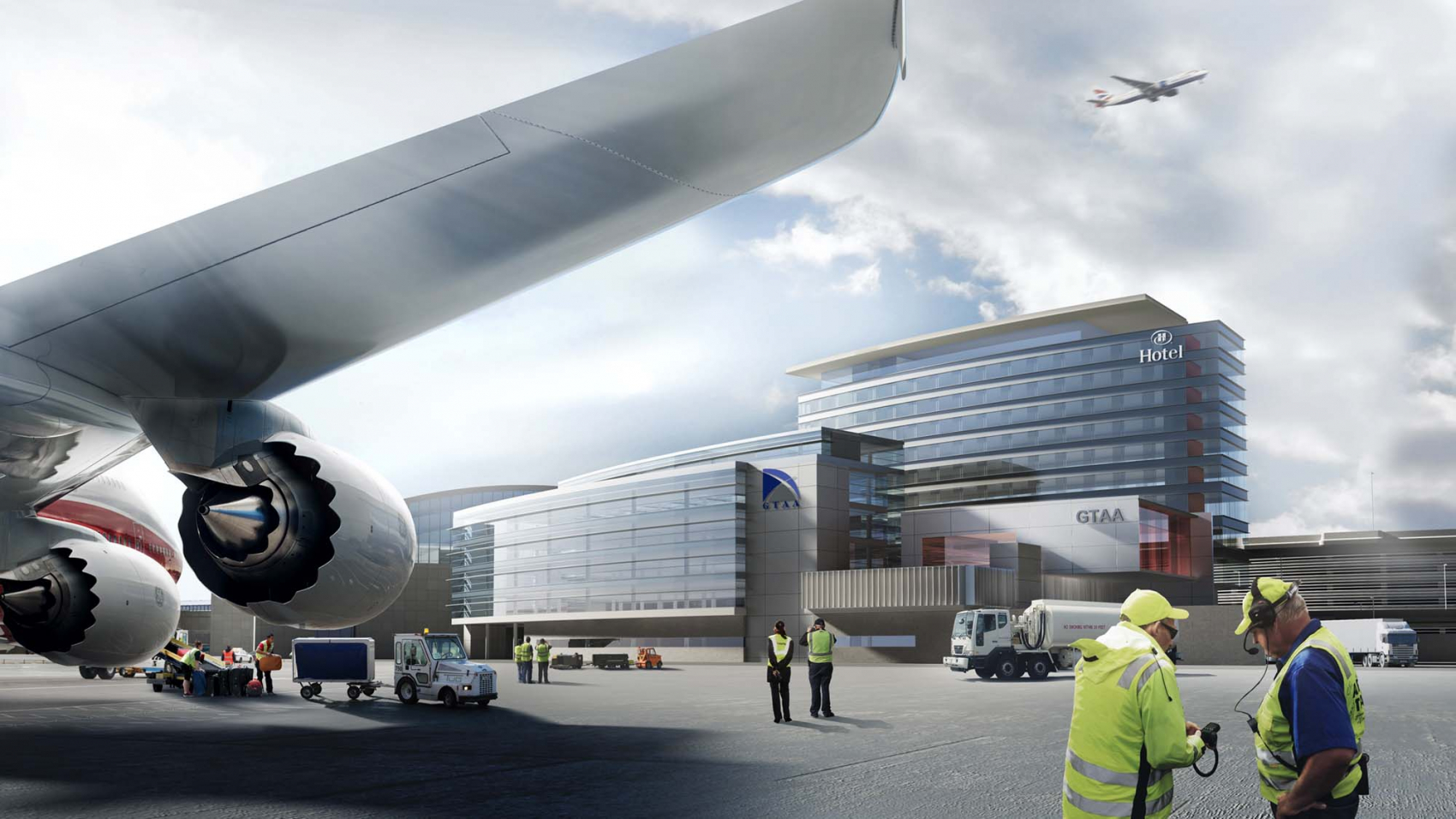
The population of the Greater Toronto Area grew by nearly 50% between 2000 and 2020 and is projected to grow an additional 36.7% to over 9.5 million by 2046. Coupled with this population growth is an increase in air travel to Lester B. Pearson International Airport.
Under the management of the Greater Toronto Airport Authority (GTAA), the airport needed to adapt and grow to accommodate an evolution into a top-tier global hub that connects Canada to more than 80 per cent of the global economy.
Starting in 2010 we were engaged by the GTAA to explore opportunities to develop under-utilized areas of the airport through a series of master plans and feasibility studies. Our master planning work continues today with improvements and expansions to various terminals.

The property has been evolving since its inception as an airport in 1937. Multiple generations of improvements and expansion, the most significant in 2010, has created a site with varied characteristics and several under-utilized areas.
Our challenge was to find the right balance between prioritizing the immediate needs of the airport facilities while also planning to accommodate future growth.
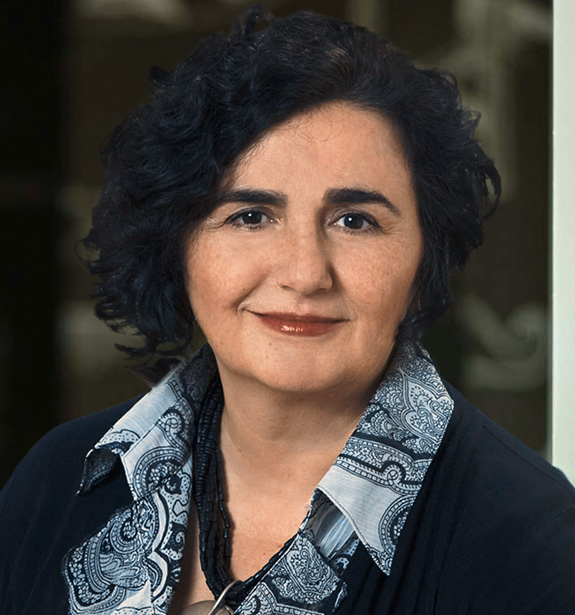
PROJECT INSIGHT
What we have achieved at Toronto Pearson is a testament to the effectiveness of the entire project team who are all driven by the pursuit of providing a phenomenal passenger experience.”

Sanja Djulepa
Principal
We conducted multiple visioning sessions and workshops with the entire GTAA team which represented multiple groups within the airport organization and provincial and federal agencies. We relied on visual communication tools, like virtual reality, to bring users into the project at an early stage to collaborate and gain feedback on our design aspirations as they developed.
We tested each of our designs by analyzing how they could expand and connect the existing infrastructure while maximize the value of real estate and enhance the passenger experience. This multi-scale approach considered the impact our designs would have on all stakeholders, ranging from security and border crossing personnel to flagship retail stores and the wider Toronto region.
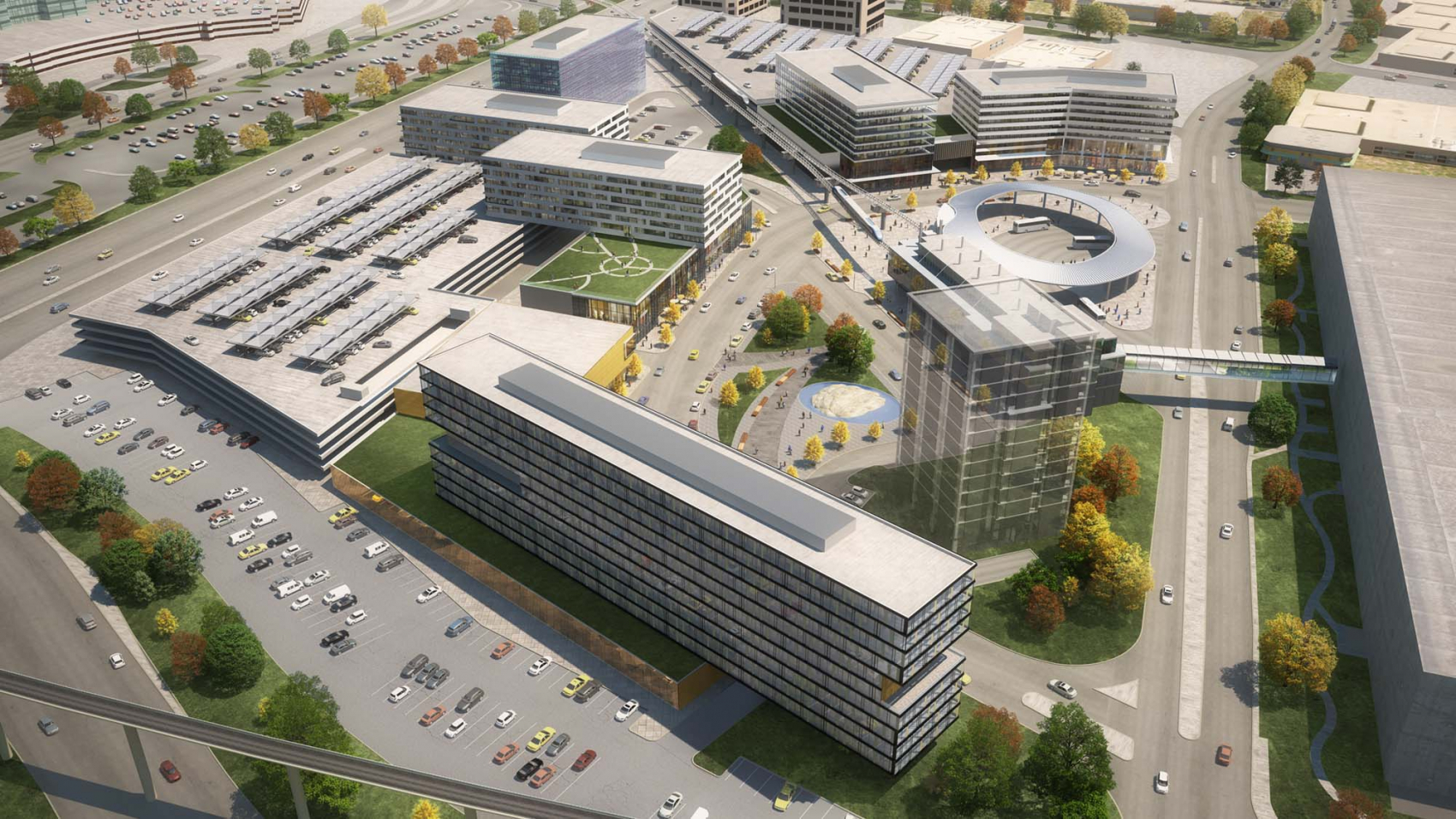
Our partnership with the GTAA has resulted in several master plans and feasibility studies ranging from the development of an entire parcel of land to individual buildings.
With The 409 Lands master plan, we envisioned the inclusion of office, commercial, and hotel spaces with connection to the downtown via a transportation hub. We saw this site as an opportunity to create a destination point of activity.
We also completed the master plan and feasibility study for an administrative office facility constructed as a vertical expansion of the existing Sheraton Parkade structure at Terminal 3. Our design created a consolidated home for airport staff while examining the potential of additional expansions. Similarly, we undertook a study for an additional office, hotel, auditorium and conference centre located next to the Terminal 1. Our proposal capitalized on the site opportunities, creating a destination point that will be linked to future developments.
Our Terminal 1-3 Link master plan envisaged a connection between the two terminals while incorporating the existing iconic airport design and the planned GTAA expansion. The design would be delivered in three stages comprising of a terminal link corridor and monorail, a hotel/conference and retail centre, and an office tower.
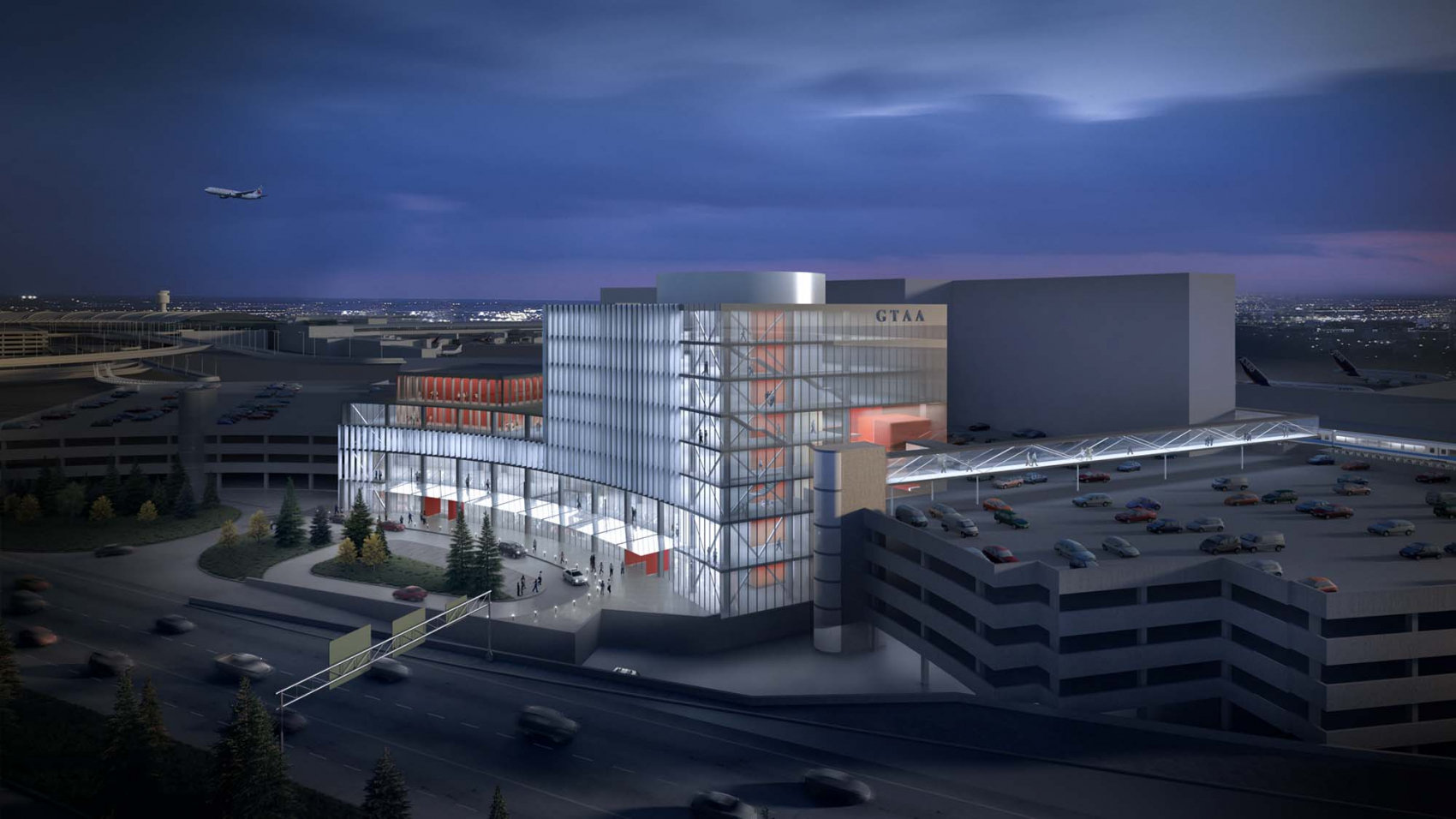
Our work has helped GTAA unlock the potential of their property and continues to shape the fabric of the site. We maintained our vision — to maximize the potential of the site by combining functional requirements with a density strategy to increase revenue generation.
The experience and knowledge gained through the master planning and design exercises has informed several individual projects we have gone on to deliver. The improvements to the GTAA Administration Building, Terminal 1 customer and internal services area, the new Terminal 1 Hold Baggage Screening Building, and the Node E transborder flag ship retail centre, gates and holdrooms have all been designed to facilitate the aspirations set out in the master plans.
We are proud to have been a part of the process for Toronto Pearson to become the ‘Best Large Airport in North America serving more than 40 million passengers’ according to Airports Council International – ACI World, the global trade representative of the world’s airports.
EXPLORE MORE
We’d love to get to know you
Get in touch
"*" indicates required fields
Get in touch
Share


